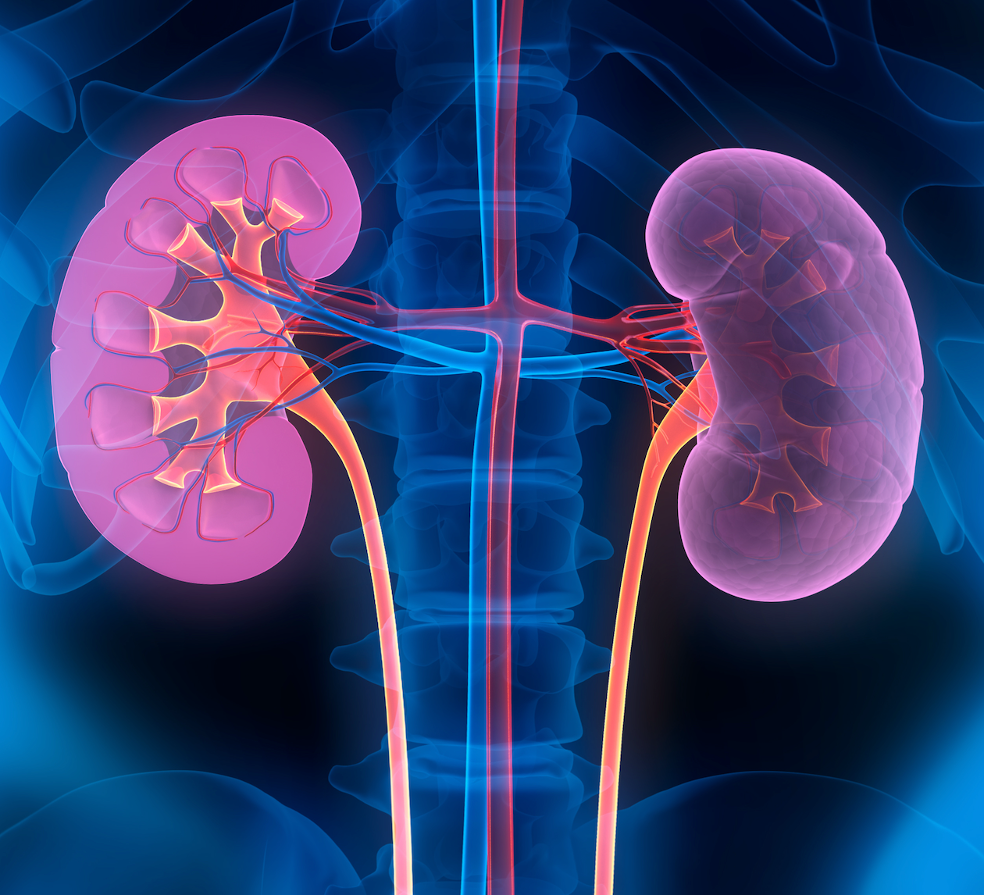Article
Study Shows Gout is Likely Under-Reported in Dialysis Populations
Author(s):
The study utilized a nationwide cohort of patients with hemodialysis and peritoneal dialysis to evaluate gout prevalence, practice patterns, and clinical associations.
Results from a large cohort of North American patients with hemodialysis (HD) and peritoneal dialysis (PD) showed that gout is a frequently occurring comorbidity and may be under-reported in this patient population. However, a history of gout was not associated with worse clinical or patient-reported outcomes (PROs), according to a study published in Kidney360.1

“Given the clinical importance of gout in patients with kidney failure (KF) on dialysis, there remains an important unmet need to assess its prevalence and impact on key clinical and PROs, as well as to describe urate lowering therapy (ULT) practice patterns in KF populations,” investigators wrote. “We sought to address these objectives to further characterize the clinical impact of gout on individuals living with KF undergoing kidney replacement therapy (KRT).”
Data from 70,297 patients with HD and 5117 patients with PD were collected from the Dialysis Outcomes and Practice Patterns Study (DOPPS) and Peritoneal Dialysis Outcomes and Practice Patterns Study (PDOPPS) in this multicenter, prospective cohort study. Gout was defined 3 ways: (1) a current prescription for colchicine or febuxostat, (2) a current prescription for colchicine, febuxostat, or allopurinol, or (3) an active prescription for colchicine, febuxostat, or allopurinol, or a prior diagnosis of gout. Outcomes among patients with and without gout were compared using propensity score matching.
Primary outcomes included all-cause mortality, PROs, all-cause hospitalization, cardiovascular (CV) death, and erythropoietin resistance index (ERI). Health-related quality of life was evaluated using the Kidney Disease Quality of Life 36-Item Short Form Survey (KDQOL-36) physical component summary (PCS) and mental component summary (MCS).
The prevalence of gout was 13% in patients with HD and 21% in patients with PD; however, it was highest among incident dialysis patients. Patients with HD and PD with gout tended to be older, male, had a higher body mass index, and higher prevalence of cardiovascular comorbidities when compared with those without gout. Among patients with gout, between 42-48% were prescribed 1 or more ULT.
Gout defined by allopurinol prescription (9-12%) was more frequent than colchicine and febuxostat prescription (2-3% and 1%, respectively). The mean ERI was 3% higher in the PD cohort and 6% higher in the HD cohort for patients with gout compared with those without a gout diagnosis.
There was minimal evidence linking gout with clinical outcomes or PROs. The PCS and MCS were 0.7- and 0.6-point lower scores, respectively, in patients with PD and gout; however, estimates were considered unclear. After propensity score matching, 17% of all patients with HD died during the follow-up period, compared with 19% of patients with HD and gout. Similarly, 11% of all patients with PD died during follow-up, compared with 13% with gout and PD.
Prevalence varied according to the different definitions of gout. Further, colchicine can be used to treat conditions other than gout flares, such as calcium pyrophosphate deposition (CPPD)-related disorders. Allopurinol can also be prescribed for reasons other than gout, such as asymptomatic hyperuricemia. Therefore, investigators were unable to predict weather gout estimates based on prescriptions were underestimated or over estimated.
“This is the first analysis in a representative nationwide cohort of both PD and HD patients to address gout prevalence, practice patterns, and clinical associations in North America,” investigators concluded. “Particularly, we reported a comprehensive set of PROs, key to the outstanding need of exploring factors affecting health-related quality of life to meet the care expectations of patients with KF…These results may help inform future study designs leveraging real-world data in populations with gout.”
References
- Guedes M, Zhao J, LaMoreaux B, et al. Gout Prevalence, Practice Patterns, and Associations with Outcomes in North American Dialysis Patients. Kidney360. 2023;4(1):54-62. doi:10.34067/KID.0005392022




